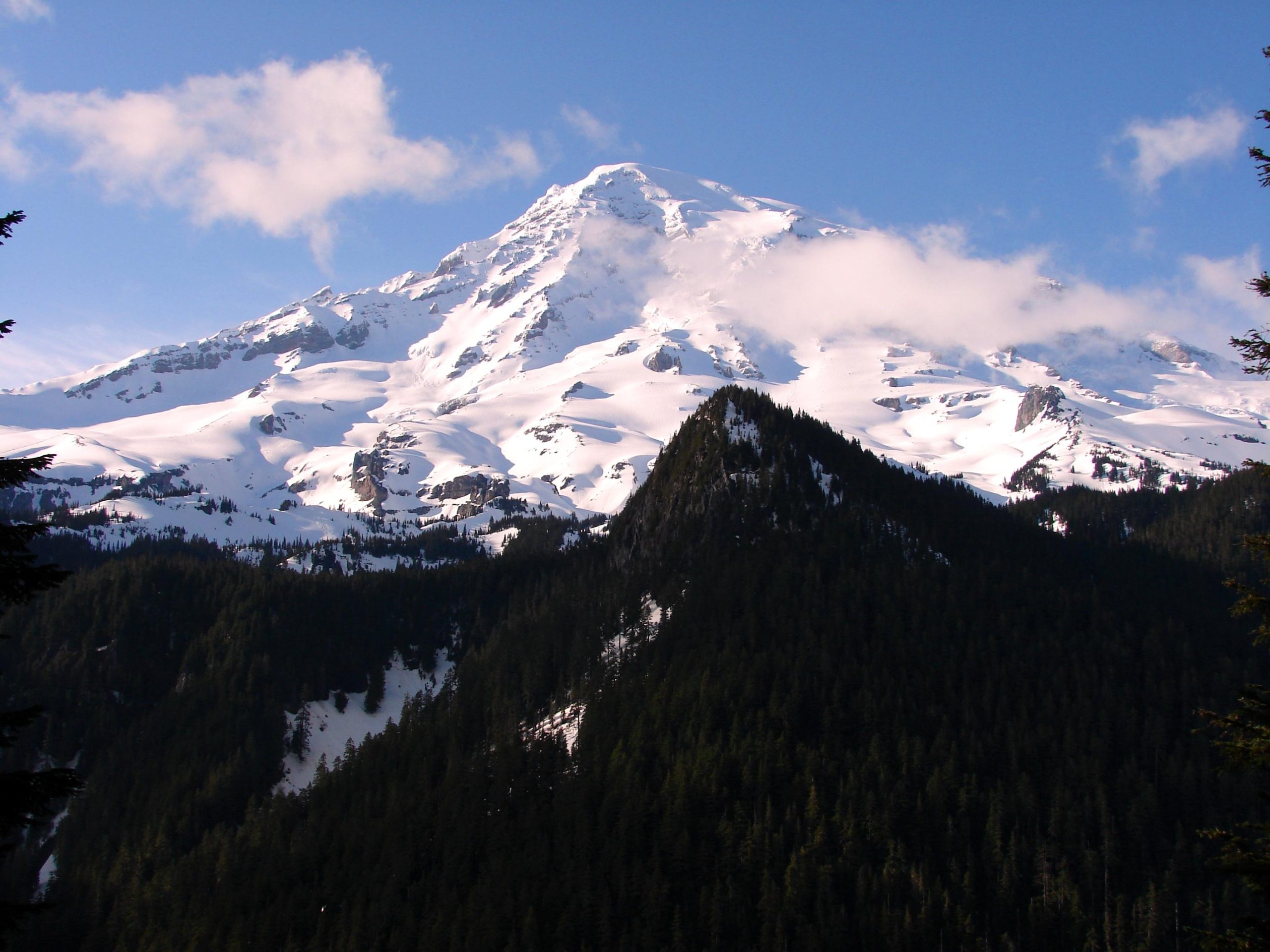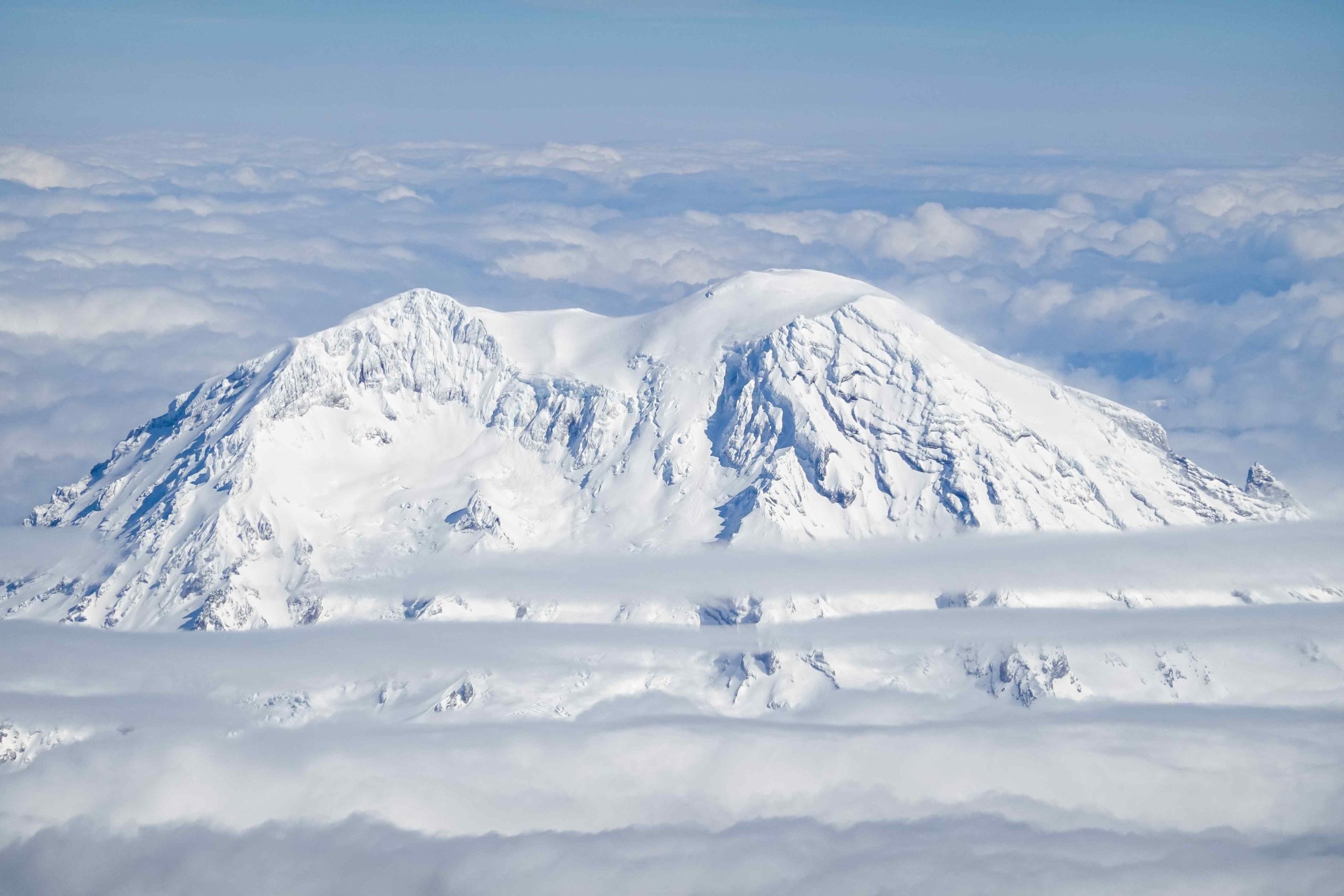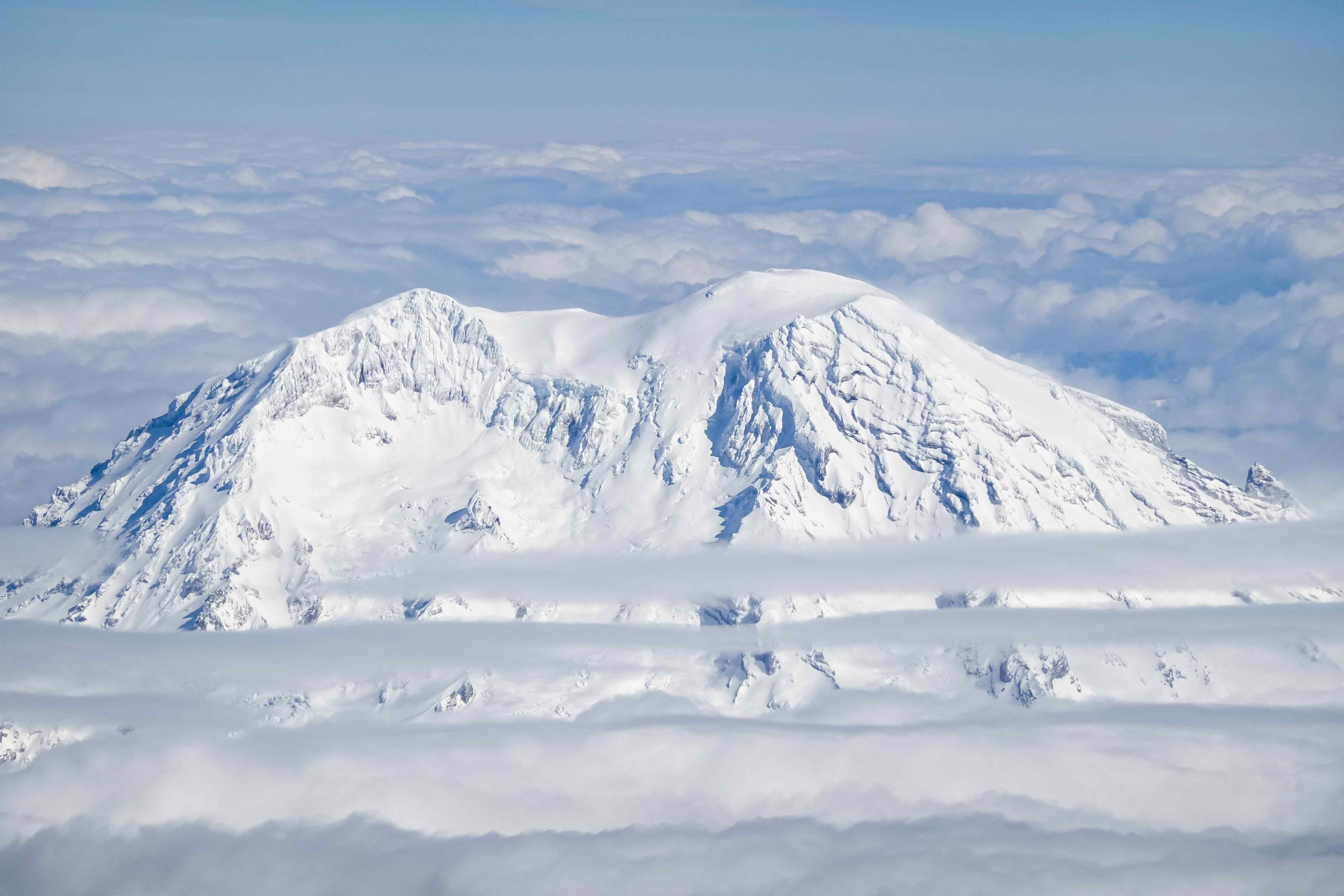Mount Rainier from the south offers breathtaking views, diverse hiking trails, and challenging climbing routes. The southern approach provides easy access through the Nisqually Entrance, leading to popular areas like Paradise and Longmire. Visitors can enjoy scenic viewpoints, embark on various hiking trails, and attempt summit climbs via routes such as the Disappointment Cleaver. This guide explores the southern side of Mount Rainier, detailing access points, viewpoints, climbing routes, and essential hiking tips.
What Are the Main Access Points to Mount Rainier from the South?

The southern approach to Mount Rainier National Park primarily centers around the Nisqually Entrance. This gateway serves as the main entry point for visitors exploring the mountain from the south. Here’s a detailed look at the key access points:
Nisqually Entrance
- Location: Primary southern entrance to Mount Rainier National Park
- Address: 39000 State Route 706 E, Ashford, WA 98304
- Facilities:
- Entrance station
- Ample parking
- Information kiosk
Longmire
- Distance from Nisqually Entrance: Approximately 6.5 miles
- Elevation: 2,700 feet
- Facilities:
- Wilderness Information Center
- Museum
- Trail of the Shadows
- Longmire Campground
Paradise
- Distance from Nisqually Entrance: About 19 miles
- Elevation: 5,400 feet
- Facilities:
- Henry M. Jackson Visitor Center
- Paradise Inn
- Multiple trailheads
- Scenic viewpoints
What Are the Best Viewpoints Accessible from the South Side?

The southern approach to Mount Rainier offers some of the most spectacular viewpoints in the park. Here are two must-visit locations:
Paradise Valley
Paradise Valley lives up to its name with stunning views of Mount Rainier and surrounding landscapes.
- Elevation: 5,400 feet
- Best viewing spots:
- Paradise Visitor Center area
- Nisqually Vista Trail
-
Skyline Trail
-
Photography tips:
- Early morning: Capture the mountain bathed in soft, warm light
- Late afternoon: Golden hour provides dramatic lighting on the glaciers
- Clear days in late summer: Wildflowers in bloom with the mountain backdrop
Reflection Lakes
Reflection Lakes offer a postcard-perfect view of Mount Rainier mirrored in still waters.
- Elevation: 4,900 feet
- Access: Short drive from Paradise or hike via trails
- Best times for photography:
- Early morning: Calm waters provide mirror-like reflections
- Sunset: Colorful skies complement the mountain view
What Are the Primary Climbing Routes from the South Side?
For those seeking to summit Mount Rainier, the south side offers two popular climbing routes:
Disappointment Cleaver Route
This is the most frequently used route to the summit from the south side.
- Difficulty: Grade III, Class 3-4
- Starting point: Paradise
- Key features:
- Crosses Cowlitz Glacier
- Traverses Cathedral Rocks
- Ascends Disappointment Cleaver
- Required gear:
- Crampons
- Ice axe
- Harness
- Rope
- Climbing protection
- Estimated time: 2-3 days
- Best season: Late May to early October
Emmons Glacier Route
While not strictly on the south side, this route is accessible from the southeast and offers a less crowded alternative.
- Difficulty: Grade II, Class 3
- Starting point: White River Campground
- Key features:
- Longest continuous glacier route in the contiguous U.S.
- Requires extensive glacier travel skills
- Required gear: Similar to Disappointment Cleaver Route
- Estimated time: 2-3 days
- Best season: Late May to early October
What Are Essential Hiking Tips for Trails on the South Side?
When hiking Mount Rainier from the south, proper preparation is crucial. Here are some essential tips:
Trail Conditions and Preparation
- Check current conditions: Visit the park’s website or speak with rangers for up-to-date trail information.
- Be prepared for weather changes: Mountain weather can be unpredictable.
- Start early: Many trails can get crowded, especially during peak season.
Recommended Gear
- Sturdy hiking boots
- Layered clothing
- Rain gear
- Map and compass or GPS device
- First aid kit
- Plenty of water and snacks
Safety Precautions
- Inform someone of your hiking plans
- Stay on designated trails
- Be aware of wildlife and maintain a safe distance
- Carry emergency supplies, including a flashlight and extra food
Popular Trails from Paradise
| Trail Name | Distance (Round Trip) | Difficulty | Estimated Time |
|---|---|---|---|
| Nisqually Vista | 1.2 miles | Easy | 45 minutes |
| Skyline Trail | 5.5 miles | Moderate to Strenuous | 4-5 hours |
| Panorama Point | 4 miles | Moderate | 3-4 hours |
How Can Visitors Maximize Their Experience at Mount Rainier from the South?
To make the most of your visit to Mount Rainier from the south:
- Plan ahead: Make reservations for accommodations and check for any road or trail closures.
- Visit during different seasons:
- Summer for wildflowers and clear views
- Fall for autumn colors
- Winter for snow activities (with proper equipment)
- Participate in ranger-led programs: Learn about the park’s geology, wildlife, and ecology.
- Explore beyond Paradise: Visit areas like Longmire and Reflection Lakes for diverse experiences.
- Practice Leave No Trace principles: Help preserve the park’s natural beauty for future visitors.
Mount Rainier from the south offers a wealth of experiences for visitors of all interests and abilities. From scenic drives and easy nature walks to challenging hikes and technical climbs, the southern approach provides diverse opportunities to explore this iconic peak. By following park guidelines and preparing adequately, visitors can safely enjoy the natural wonders of Mount Rainier National Park.
References:
1. Mount Rainier National Park Official Website
2. Washington Trails Association – Mount Rainier Area
3. Visit Rainier – Official Travel Planning Resource
4. USDA Forest Service – Mount Rainier National Forest

